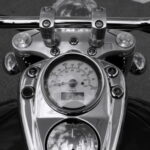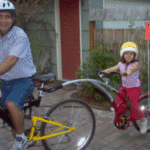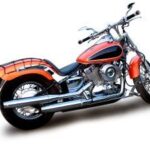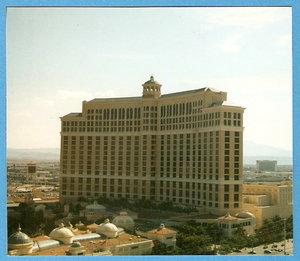Restoring a vintage motorcycle can take on any of a number of different shapes. You may be intending to restore the classic bike to ride it, to show it in a museum or vintage motorcycle shows, or you may just be doing it because you need a way to blow off some steam after you get off work in the evening. With that in mind, it’s important to realize that restoring a vintage motorcycle is often not very much like restoring a vintage car or truck. While the process is largely the same, early motorcycles often were not kept past their useful life, and particularly those motorcycles built before 1943 may not have survived due to the need for scrap steel for the war effort. This, coupled with the fact that many motorcycles from the 1960s and 1970s ended up as ill-fated chopper attempts means that finding replacement parts for old motorcycles can be challenging at best, and impossible at worst. Sometimes, even the most commonly ridden vintage motorcycles will require years to rebuild. Prepared anyway? Then forge ahead!
Begin by photographing the entire motorcycle and all its constituent parts. This will give you a reference as to where the parts go after you’ve disassembled them. It also helps that you can then organize these pictures after you have taken them so that you have a logical progression of steps along which to proceed.
Clear a workspace where you can work on the vintage motorcycle unimpeded. The more you have to move parts around while you work, the more likely it will be that you will lose some of the parts in the process. Any time you lose parts to your motorcycle, you’re not likely to think of it until you have to reassemble the structure, at which time you’ll find that the structure won’t fit together quite the way you had expected it to.
Purchase a book that outlines the servicing of the motorcycle. These are particularly prominent if you’re restoring a Harley Davidson, but are a little more rare for Japanese or English motorcycles. Vintage BMW motorcycles occasionally are supported by restoration manuals, but the vast majority of these are written in German. The same goes for Italian motorcycles and scooters, except that they are usually written in Italian.
Inspect the motorcycle to determine exactly what needs to be done with it in order to get it to running condition. When restoring a vintage motorcycle, it’s helpful to make certain that the bike will actually run before you go to the expense and trouble of a cosmetic restoration. Typically, though, if the motorcycle has just sat for a while without running, and all the covers are in place on the bike, you can usually get it running or at the very least to turn over, without much trouble. If the engine is frozen up, however, you might be in for a bigger problem than you might think. This could indicate significant internal engine damage that you may not be able to see with a visual inspection. Before you buy the bike, try the kick starter a few times. If it turns with some effort, then the engine is free and spinning properly. If not, reconsider the purchase, particularly if you’ve never restored a motorcycle engine before.
Dismantle the motorcycle one section at a time and restore those individual sections before you move on to the next. This will help keep you from getting overwhelmed by the project. The sections you can usually work on individually include the front forks, the rear swingarm and suspension, the engine, the body, and the frame. If you have a restoration manual for the bike, work through the manual from front to back and try to avoid skipping over steps to reach a part of the bike you want to work on. Skipping steps often is what trips up new restorers. If you be patient and work a piece at a time, however, you’ll find that restoring your vintage motorcycle will be as pleasurable as taking off on your new old bike for the first time.






